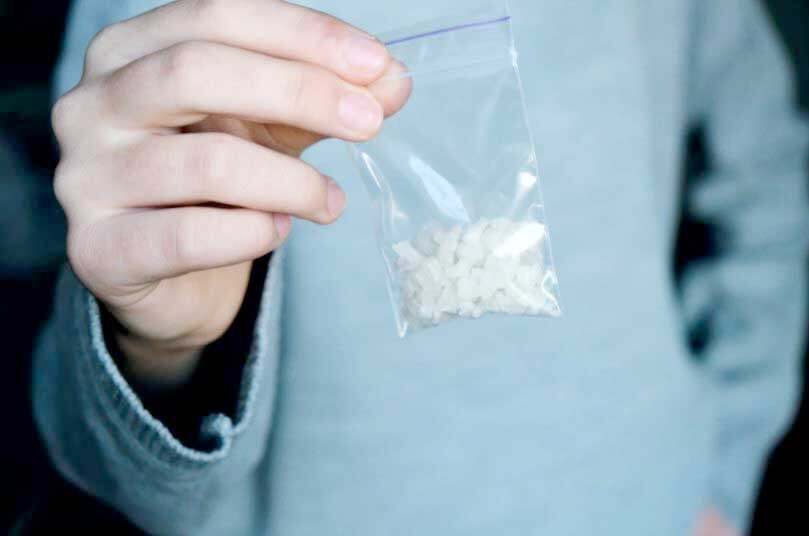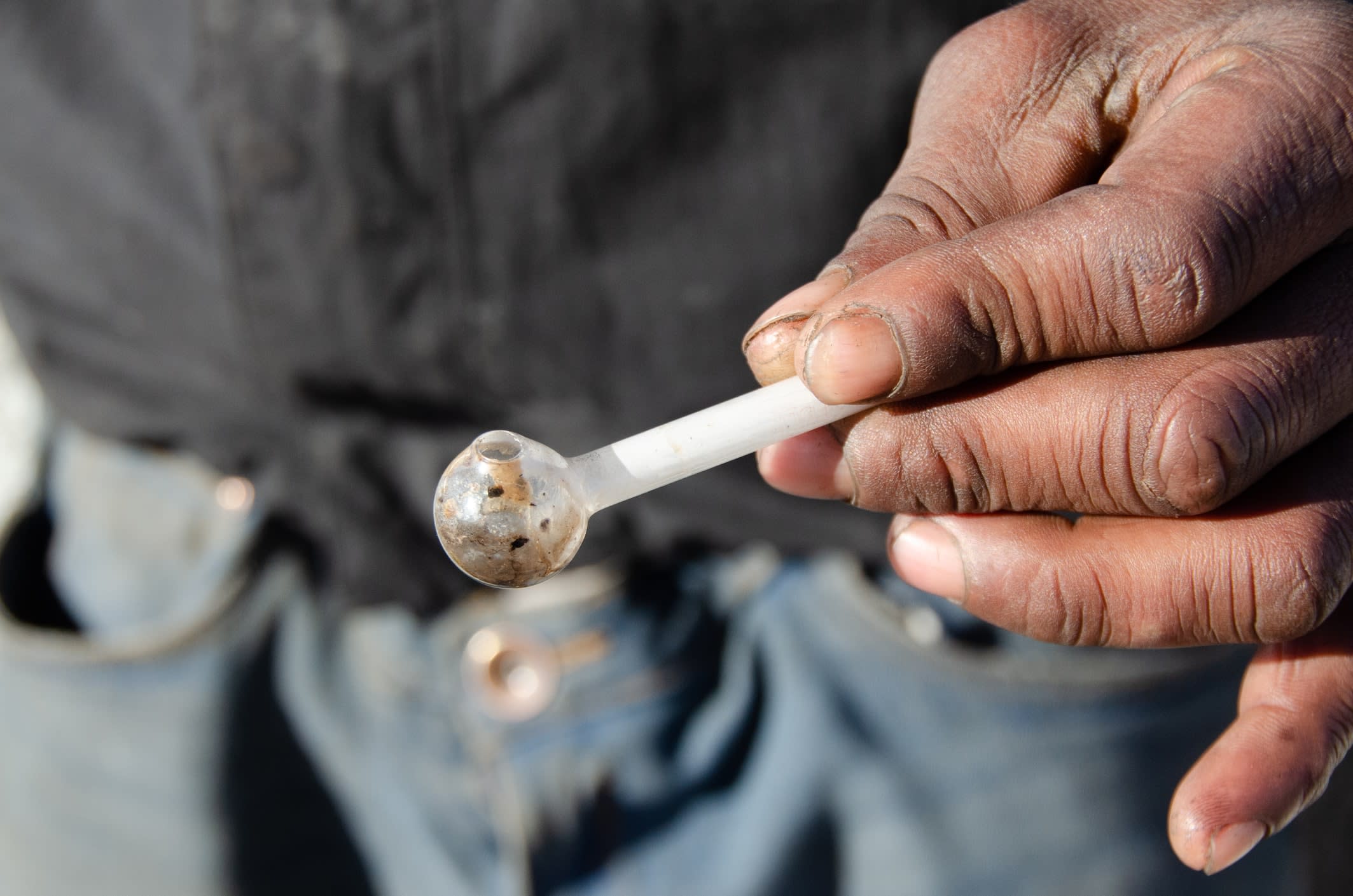

Methamphetamine is an illicit substance used in communities across Australia and worldwide.
A large 2019 survey estimated that 300,000 Australians aged 14 years and over had used some form of illicit meth/amphetamine in the previous year. Half had used the crystal form of methamphetamine (“ice”), and one-fifth had used the powdered form (“speed”).
Reports about methamphetamine use, manufacture, importation and harm appear in Australian media on a regular basis.
But relatively little is known about the social health of the many Australians who use methamphetamine.
What’s the level of social support among those who use methamphetamine and reside in rural or urban Australia? Is someone available to support them, be it emotionally, practically or otherwise? And how does that vary by sociodemographic, psychological and drug-use characteristics?
These are the questions answered in a new research paper led by Dr Michael Leach, a senior lecturer at the Monash School of Rural Health’s Bendigo site.
This paper, recently published in the journal Health and Social Care in the Community, reports results from one of many sub-studies into methamphetamine use conducted as part of the school’s vast and ongoing VMAX study – a long-term study conducted in collaboration with the Burnet Institute.
This is the first known research paper to investigate social support among people who use methamphetamine mainly via smoking, which is more common in Australia than injecting or other routes of administration.
“There’s relatively little evidence for that particular group of people,” says Dr Leach. “People who smoke methamphetamine are predisposed to mental and/or dental health issues. There’s a connection between mental and social health, and ultimately quality of life, that needs to be considered.
“Another nuance is that, among people who primarily smoke methamphetamine, an individual’s social network likely includes others who use illicit substances and influence behaviours.
“Our study partly accounts for this by measuring social support in terms of positive connections with others, such as a connection with someone who can provide emotional support, rather than any positive or negative social contact.”


A VMAX sub-study
This VMAX sub-study included 718 adults recruited from regional and urban Victorian communities between June 2016 and early March 2020 – just before the COVID-19 pandemic began.
The participants were aged, on average, in their mid-30s, nearly two-thirds were males, and nearly two-thirds lived in rural Victoria.
When completing the VMAX questionnaire, participants answered questions about their sociodemographic characteristics, criminal activity, methamphetamine procurement, drug use, general health, mental health, and social support.
A set of seven social support questions asked whether they had access to someone who would listen to them, someone to give sound advice, someone who is affectionate and loving, someone to help out with chores, someone to provide emotional support, someone in whom they can trust/confide, and a current spouse or cohabiting partner.
The sub-study found that self-perceived social support among people who primarily smoked methamphetamine was, on average, 22.6 on a scale ranging from eight to 34, where a higher number indicates better social support. This average level of social support exceeds a previously defined threshold for low social support on this particular scale – less than 18.
On the one hand, participants had lower odds of reporting better social support if they experienced homelessness in the past year, lived with moderate-to-severe depression over the past fortnight, were aged 30 years and over, or used methamphetamine more frequently than fortnightly.
On the other hand, female and employed participants had higher odds of reporting better social support.
A challenging study to conduct
Community and public health studies such as these, involving large numbers of vulnerable people from both the country and the city, are very important, yet can be challenging to conduct.
“The way people are recruited can involve existing participants assisting with the recruitment of new participants. That’s the ‘respondent-driven sampling’ approach.
“This needs to be complemented with other non-probability, or non-random, sampling approaches to arrive at a good sample size for these big quantitative sub-studies [measuring ‘quantity’] that we’re doing.
“There’s a great deal of work involved in finding and interviewing people who use methamphetamine, and ethical considerations such as confidentiality need to always be front-of-mind,” he says.
Read more: Tracking the alarming rise in strange new illicit drugs flooding Australia
“It’s particularly challenging going forward, as the VMAX study moves from cross-sectional data [collected at one point in time only, as in this sub-study] to longitudinal data [collected from the same people at multiple points in time over a long period].
“My colleagues at Monash University and the Burnet Institute are in the process of following up people over time to achieve the highest response rates possible, with a view to providing data for long-term analyses.”
The paper outlines that the research team would like to investigate how social support and associated factors change over time for people who use methamphetamine.
“We’re especially interested in the directionality of associations,” Dr Leach says. “For example, did someone’s low social support precede their depression, or did someone’s depression precede their low social support?”


A complementary sub-study
An earlier VMAX sub-study by Monash Rural Health PhD candidate Zoe Duncan investigated methamphetamine use and mental health, specifically. This sub-study found that 60% of people who primarily smoked methamphetamine scored in the moderate-to-severe range for anxiety or depression.
This new VMAX sub-study has complemented the past sub-study by finding that, even though moderate-to-severe anxiety was unrelated to self-perceived social support, moderate-to-severe depression was associated with lower odds of reporting better social support.
“Mental health and social health are different aspects of a person’s overall quality of life. Social support comes under ‘social health’ in a holistic view of a person, and can be defined and measured in different ways,” says Dr Leach.
“The way that we’ve measured it is in terms of self-perceived social support using a validated, reliable survey tool, which is the most feasible and rigorous approach.
Read more: Reassessing the social context of illicit drug use and addiction
“Our chosen social support measure, called the ‘ESSI’, captures how supported a person feels, or whether they could depend on someone for support if they needed to. It measures the availability as opposed to the actual use of social support.
“The average total social support score of 22.6 is at the higher end of the given scale, which means people using methamphetamine say they have good social support on average.
“There were relatively low scores for some of the individual social support questions that contributed to this total score, namely, ‘Is there someone available to help you with daily chores’, and ‘Can you count on anyone to provide you with emotional support?’.
“Additionally, only one-fifth of participants reported being married or living with a partner – a lower proportion than young adults in the broader Australian population.
“While social support is not low on average for this sample of people who used methamphetamine, about a quarter of the 718 participants did have low social support based on a previously defined cut-off score of less than 18. So, there’s still clearly a need for certain individuals to improve their social support where possible.
“The results of this new VMAX sub-study could help to inform the delivery of support services for people in rural and urban areas who use methamphetamine,” says Dr Leach.
“Certain significant factors, such as homelessness, depression, and unemployment, could be either modified to improve social support, or considered when targeting the delivery of interdisciplinary services to this population group.”







































